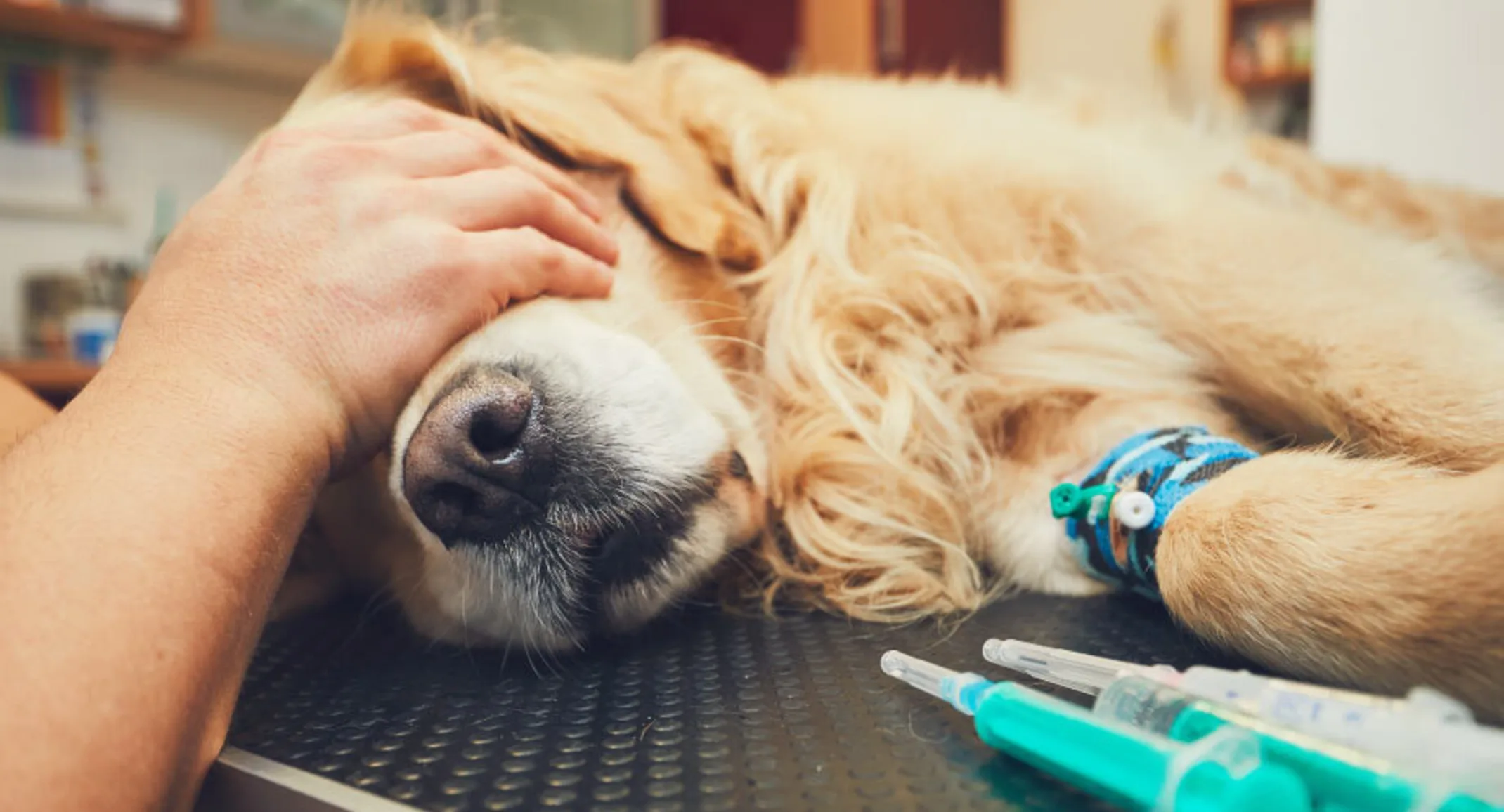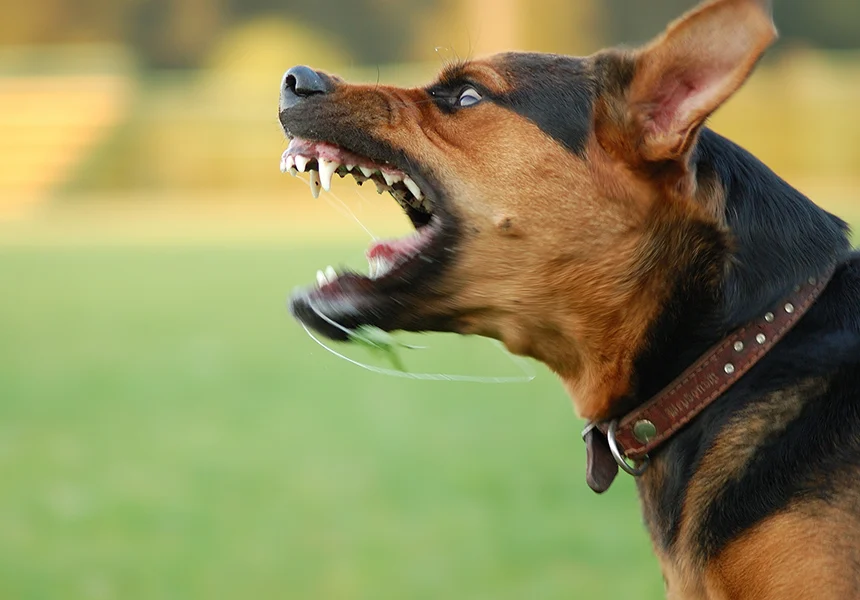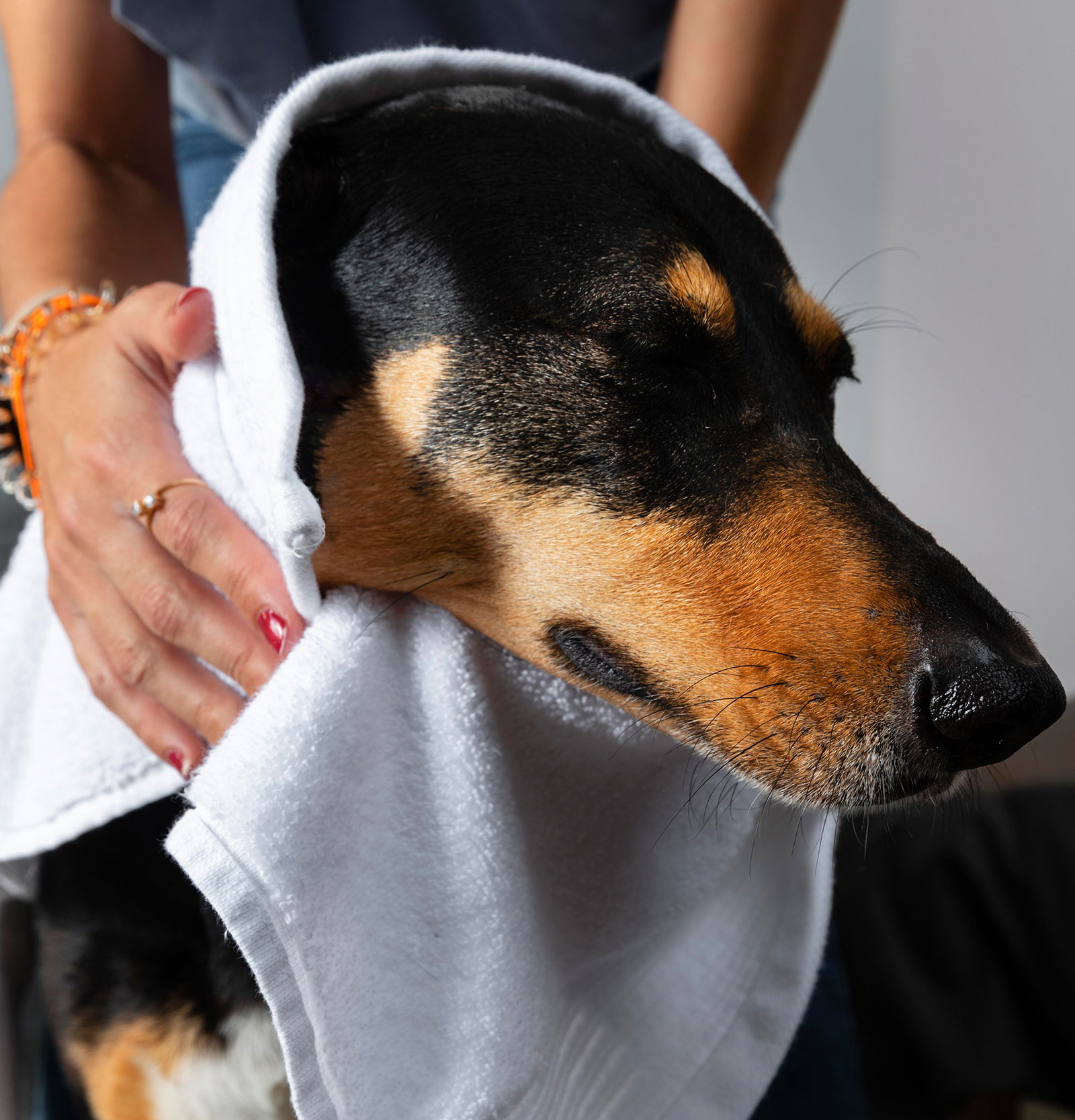Mast Cell Tumors in Dogs – Mast Cell Tumors (MCTs) in dogs are one of the most common forms of skin cancer in dogs. These tumors can be significantly different in looks and behavior, making early diagnosis and proper treatment important for a positive result. As a responsible pet owner, it is essential to understand what mast cell tumors are, how to identify them, and what steps to take if your dog is diagnosed.

What Are Mast Cell Tumors?
Mast cells are a type of white blood cell found in many tissues all over the body. They play an important role in the immune system, specifically in allergic reactions and inflammation. Mast cell tumors occur when these cells start to grow uncontrollably, forming a mass or lump. Even though they can develop anywhere, MCTs most commonly appear on or just under the skin.
MCTs can range from benign (non-cancerous) to highly malignant (aggressive and cancerous). Since they can look like a simple pimple, an insect bite, or a fatty tumor, it’s very important to have your dog seen by a veterinarian if you notice any new or changing growths.
What Are The Causes And Risk Factors?
There isn’t a clear understanding of why mast cell tumors develop; however, some different risk factors may contribute to the development of mast cell tumors.
Genetics – Some dog breeds have a greater likelihood of developing mast cell tumors than other breeds. Breeds of dogs that have been reported to have a higher incidence of mast cell tumors are Boxers, Boston Terriers, Labrador Retrievers, Pugs, and Shar-Peis.
Age – Dogs that are middle-aged to older have a higher chance of being affected.
Environmental – There isn’t much written about environmental carcinogens; however, inflammation or long-term immune activation may be responsible for triggering the development of tumors.
Signs or Symptoms of Mast Cell Tumors in Dogs
Because mast cell tumors can resemble other benign objects, it can be difficult to recognize the signs. Here are some common signs to look for –
- A raised lump or bump on the surface of the skin that can change in size or shape
- Itching or redness around the lump
- Swelling associated with the lump, specifically when the tumor releases histamines
- Vomiting, diarrhea, or loss of appetite. This can suggest internal tumors or metastatic disease.
- Ulceration or bleeding on the mass
The tumors may suddenly grow or shrink, specifically after being manipulated. This inconsistency makes it all the more essential to seek veterinary judgement.
Diagnosis
Diagnosing mast cell tumors starts with a physical inspection and a fine needle aspirate (FNA), a minimally invasive process where cells are extracted from the lump using a small needle. These cells are then examined under a microscope for mast cell characteristics. If MCT is confirmed, your veterinarian may suggest more tests to decide the tumor’s grade and stage. These may include –
- Blood tests
- Ultrasounds and X-rays
- Lymph node or bone marrow biopsies
- Histopathology following surgical removal of the tumor
What Are The Treatment Options For Mast Cell Tumors in Dogs?
Treatment for mast cell tumors depends on the tumor’s grade, location, and how far it has spread. The most common treatment options include –
1. Surgery
Surgical removal is the most effective treatment for localized mast cell tumors. Wide surgical margins are important to prevent regrowth. For low-grade tumors that have not metastasized, surgery may be curative.
2. Radiation Therapy
If full surgical removal is not applicable or if cancer cells remain, radiation may be utilized to target the affected area and kill remaining cells.
3. Chemotherapy
Chemotherapy is mainly reserved for high-grade or metastatic MCTs. Many drugs can help shrink the tumor or slow its growth. Side effects are typically milder in dogs than in humans.
4. Targeted Therapy and Immunotherapy
Some newer treatments target particular mutations found in mast cell tumors. These therapies can be effective in dogs that do not react to traditional treatments.
5. Supportive Care
Managing symptoms like vomiting, ulcers, and allergic reactions with antihistamines, steroids, and gastrointestinal protectants can enhance your dog’s quality of life during treatment.
Prognosis
The outlook for dogs with mast cell tumors varies greatly –
- Low-grade tumors that are fully removed surgically frequently have an amazing prognosis.
- High-grade tumors, specifically those that have spread, carry a guarded to poor prognosis but can often be managed successfully with aggressive treatment.
Early detection remains key. Any new lump or bump should be checked properly by your vet.
Conclusion
Mast cell tumors in dogs can be a serious health risk, but with prompt detection and treatment, many dogs can live happily and healthily after they have the tumor removed. Being aware of the warning signs of mast cell tumors, especially if you have a high-risk breed, and contacting your veterinarian about any unusual lumps can contribute to successful treatment for your dog.
For more veterinary, trusted products and dog-care information, visit Pet Care Partners so you can be armed with as much knowledge and wellness tools as possible to regain control of your dog’s health.
FAQs
Are mast cell tumors painful for dogs?
Mast cell tumors may or may not be painful for dogs; however, they may cause discomfort if they grow rapidly, ulcerate, or release biochemical contents such as histamines, which may promote inflammation, swelling, or itching. Importantly, dogs may scratch at or lick the tumor, which may worsen signs and symptoms.
How fast do mast cell tumors grow?
Growth rate varies significantly among mast cell tumors. Some mast cell tumors grow slowly over month,s while others may grow rapidly within a few days. Some mast cell tumors also may rapidly retract, which further complicates diagnosis because ileadsds to think that the mass is no longer a problem. It is always best to have a veterinarian examine ANY mass that has grown rapidly.
Can mast cell tumors in dogs be prevented?
There is no guaranteed way to prevent mast cell tumors due to their complex causes. However, regular vet check-ups, early biopsy of suspicious lumps, and genetic awareness, specifically if you own a predisposed breed, can help catch them early.
Are mast cell tumors in dogs contagious to other pets or humans?
No, mast cell tumors are not contagious. They are a type of cancer that generates within the dog’s own body and can not spread between animals or from pets to humans.




